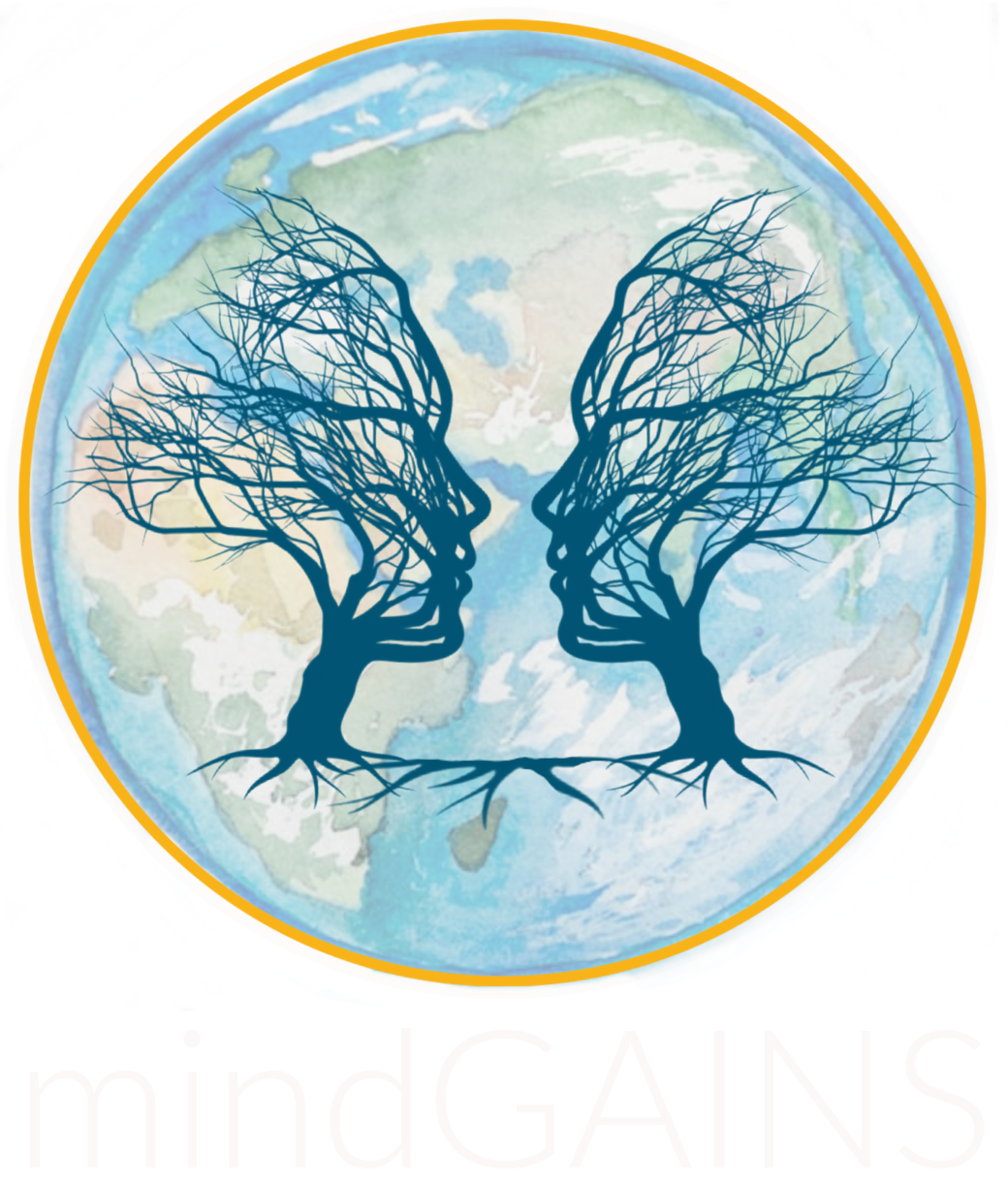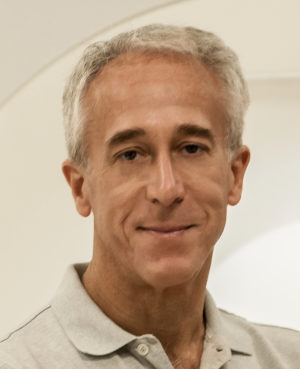The model of human cognition that divides it into two main types of thinking, a fast, effortless, pre-reflective, bottom-up process (type 1), and a slow, effortful, flexible, top-down process (type 2) has the merit of mapping well onto our intuitions and explaining a wealth of data. However, we reached a point in which this model is getting in the way of a deeper understanding of how our minds work. Dr. Iacoboni’s lab has done much work on type 1 processes embodied by mirror neurons, imitation and empathy. In the last few years his lab has worked at showing that bottom-up, mirroring neural responses (type 1) predict top-down, deliberate decision making in prosocial behavior (type 2), revealing that the dichotomy between type 1 and type 2 processes is an illusion. The current challenge is to figure out the neural and computational details of the interactions between bottom-up and top-down processes so that in principle we can potentially intervene on those interactions to promote mental health and wellbeing.
Marco Iacoboni, MD, PhD, studied medicine, neurology and neuroscience at the University “La Sapienza” of Rome, Italy. He joined the faculty of the David Geffen School of Medicine at UCLA in 1999. He is now Professor in the Department of Psychiatry and Biobehavioral Sciences and Director of the Neuromodulation Lab at the Ahmanson-Lovelace Brain Mapping Center. Dr. Iacoboni has a longstanding interest in the role of the body in human cognition and sociality, in health and disease, that he investigates with brain imaging and brain stimulation. Marco Iacoboni’s general reader book on mirror neurons, entitled Mirroring People, has been published by Farrar, Straus, & Giroux (hard cover) and Picador (paperback).

